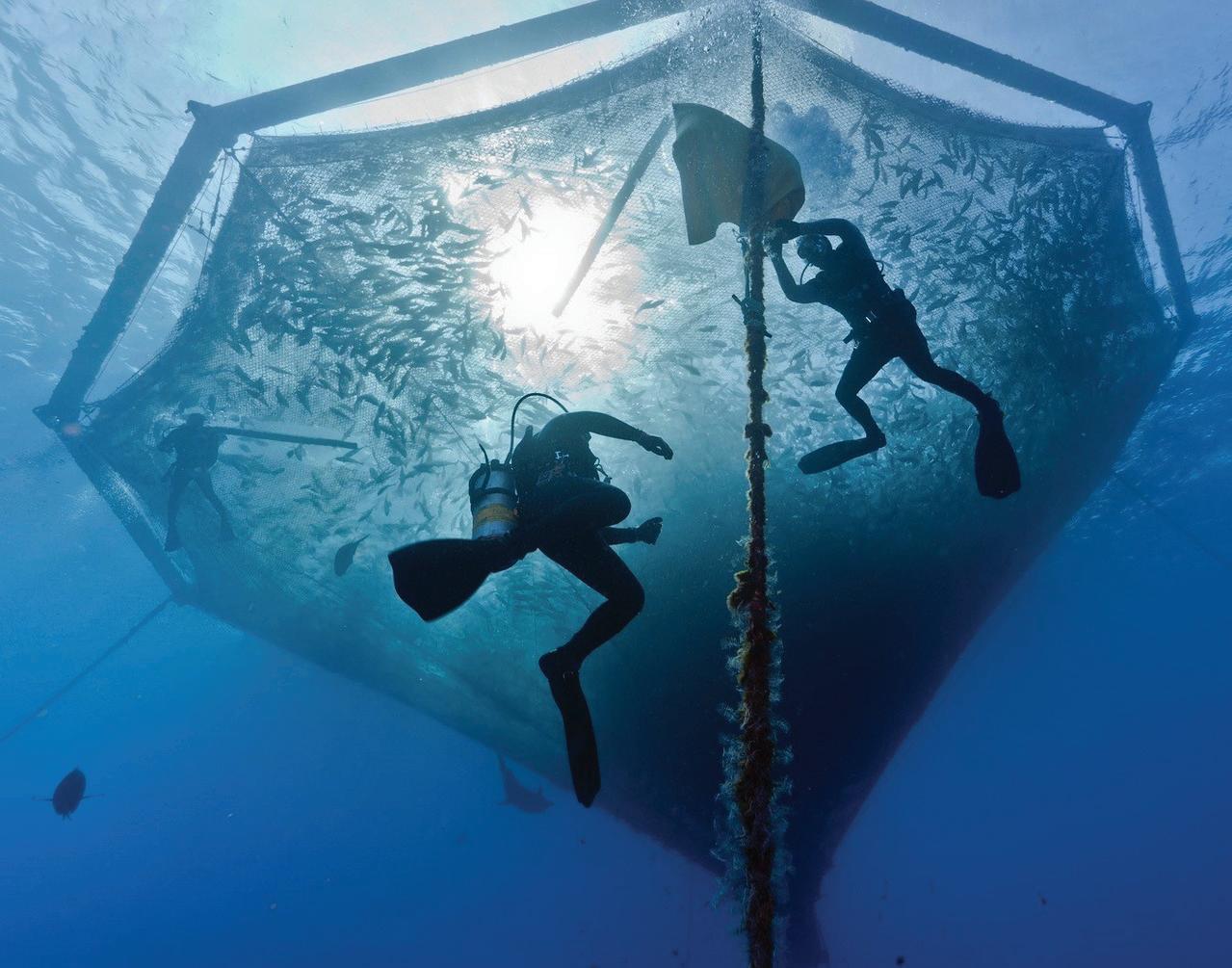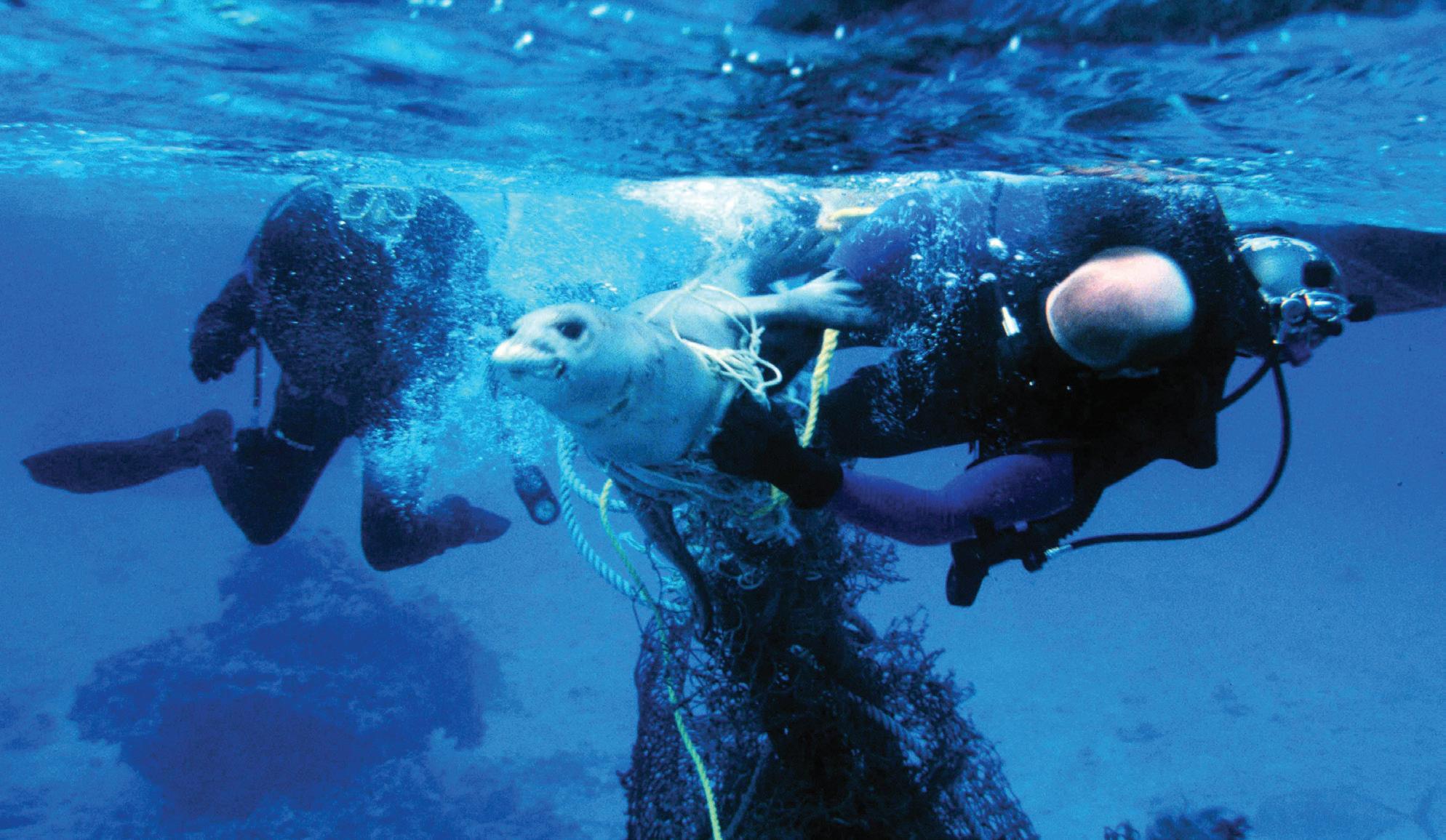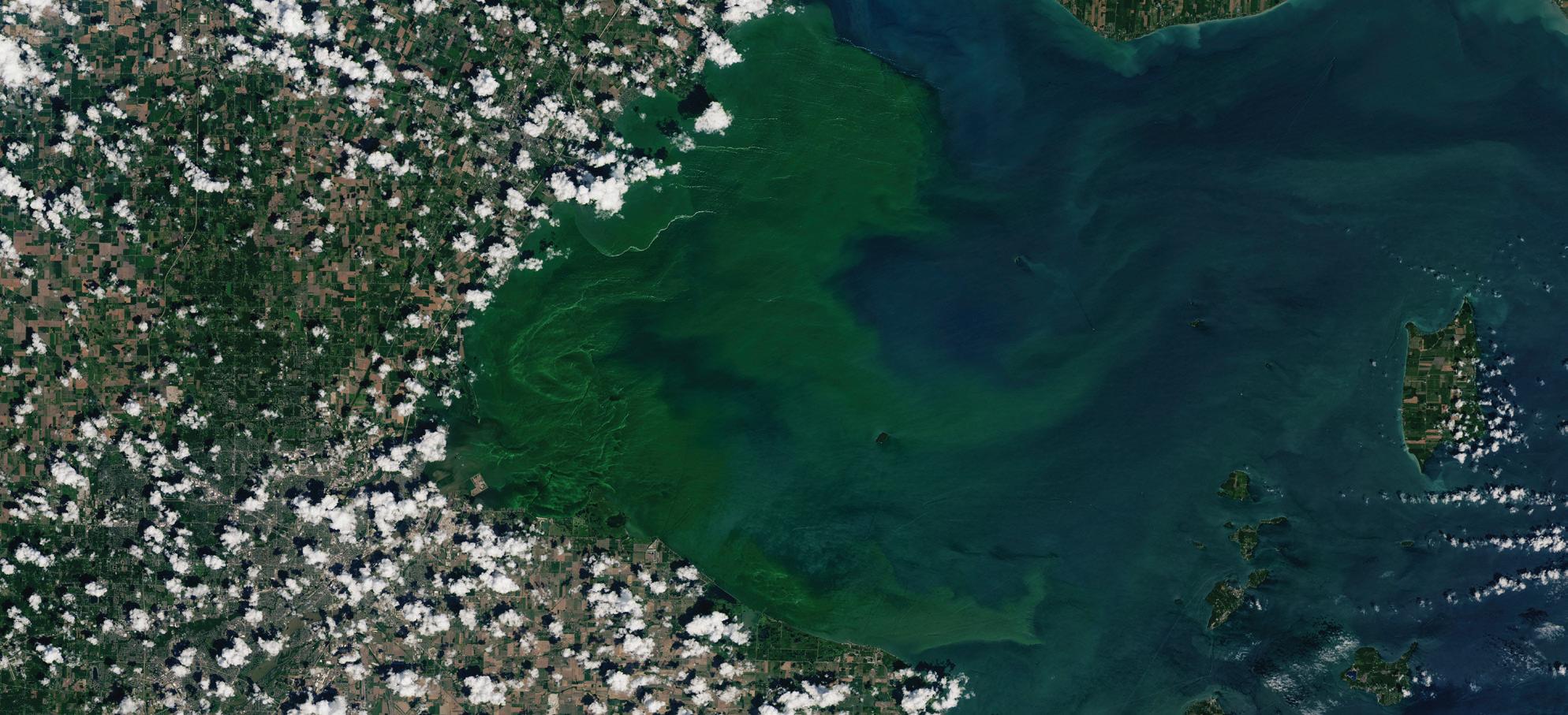NOAA TODAY
Incident Meteorologist Joel Curtis (second from left) watches the Derby Fire with some local firefighters monitoring the fire in Big Timber, Montana, September 2006.
In the Line of Fire
I
n November and December of 2019 – the height of summer in Australia, with high temperatures and dry conditions fueling more than a hundred wildfires that had already burned millions of acres and destroyed 2,000 homes – the U.S. government sent experts to help Australia in its historic firefight. Among those sent were nine skilled Incident Meteorologists (IMETs) from NOAA’s National Weather Service (NWS). These deployable specialists are
1949 66
trained to travel to the front lines of wildfires to provide critical data about the weather so decision makers can map out the safest possible tactics for firefighters. Weather is one of the most important determinants of how easily a wildfire starts, how dangerous it is, how fast it spreads, and where it goes. Though most Americans aren’t aware that the NWS plays a role in fighting wildfires, IMETs can trace their heritage back more than a century. In 1916, the U.S.
Weather Bureau established a Fire Weather Service and set up a central fire forecast center in Medford, Oregon. Today, around 80 IMETs are stationed at NWS offices throughout the country, and their operations are managed by NWS staff based at the National Interagency Fire Center in Boise, Idaho. IMETs have supported responses to a variety of incidents, including shipwrecks, hurricanes, oil spills, tornadoes, and recovery of debris from the 2003 space shuttle Columbia
Creation of Inter-American Tropical Tuna Convention to conserve transboundary stocks of tunas and other highly migratory pelagic fishes.
PHOTO BY DAN BORSUM, NOAA/NWS/WR/WFO/BILLINGS MONTANA
The National Weather Service’s Incident Meteorologists By Craig Collins









































